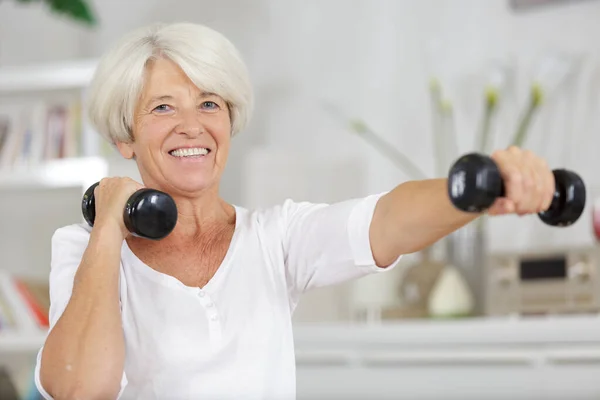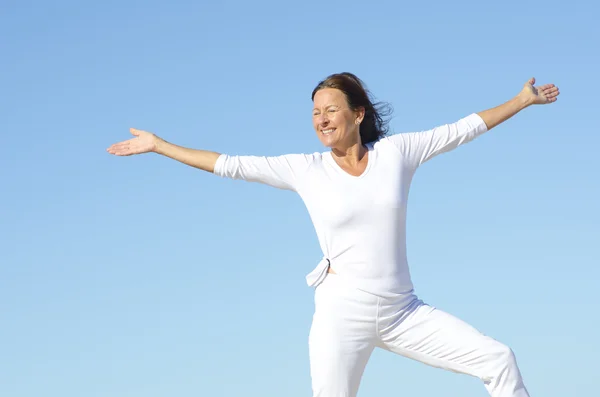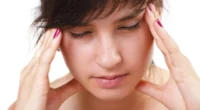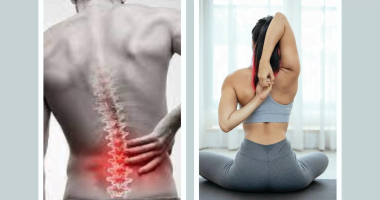As we grow older, our bones don’t stay the same. After the age of 50, bone loss tends to accelerate, especially in women following menopause. This silent decline often goes unnoticed—until a sudden fracture, a shrinking height, or stooped posture raises concern. However, with consistent, natural strategies, it’s absolutely possible to slow down, stop, or even reverse this decline—without relying on medications that may come with side effects.

What Is Bone Density and Why Does It Matter After 50?
Bone density refers to the amount of bone mineral in your bones, which directly affects their strength and structure. As we age—especially after 50—bone mass begins to decrease naturally due to hormonal changes, reduced physical activity, and nutritional shifts. For women, post-menopausal bone loss can be particularly rapid due to declining estrogen levels. Men are not immune either; lower testosterone and age-related muscle loss can weaken the skeleton subtly but steadily.
Why should this concern you? Because lower bone density can lead to a silent condition called osteoporosis, which often goes undetected until a sudden fracture occurs. According to the International Osteoporosis Foundation, worldwide, one in three women and one in five men over 50 will suffer an osteoporotic fracture. This isn’t just a health issue—it’s a life-altering one. A single hip fracture, for instance, can double your risk of death within a year. That’s why maintaining or improving your bone density isn’t just about feeling strong—it’s about staying independent, active, and safe as you age.
Thankfully, there are proven, medication-free ways to enhance bone density naturally. They’re practical, sustainable, and carry none of the risks of pharmaceutical side effects.
7 Natural Ways to Increase Bone Density After 50 Without Drugs

1. Strength Training Isn’t Just for Bodybuilders—It’s for Your Bones, Too
Resistance training—using weights, resistance bands, or even your own body weight—applies mechanical stress to bones, prompting them to grow denser and stronger. When your muscles pull on bones during exercise, it signals the bone-building cells (osteoblasts) to reinforce the structure. A study published in The Journal of Bone and Mineral Research found that postmenopausal women who performed weight-bearing exercises twice a week improved bone mass in their spine and hips within a year.
Start small if you’re new to weights. Squats, lunges, push-ups, and resistance band exercises can all stimulate bone growth. Consistency is key; the more regularly you engage in resistance work, the better your skeletal response.
2. Eat Calcium-Rich Foods the Smart Way—Timing and Pairing Matter
While calcium is the mineral most associated with bone health, simply ingesting large amounts isn’t enough. Your body can only absorb about 500–600 mg at a time, so spacing out your intake across meals makes it more effective. Pairing calcium with vitamin D enhances absorption significantly, which is why diet synergy matters.
Great calcium-rich foods include:
- Sardines (with bones)
- Plain Greek yogurt
- Tofu (set with calcium sulfate)
- Collard greens and kale
- Almonds and tahini
Avoid over-relying on supplements, which in high doses can cause kidney issues or interfere with nutrient balance. Instead, aim for 1,000–1,200 mg daily through whole foods, adjusted for your age and gender.
3. Get More Sunlight—But Not Just for Mood
Vitamin D plays a central role in calcium absorption and bone remodeling. Without sufficient vitamin D, your intestines struggle to absorb calcium efficiently, no matter how much you’re consuming. For those over 50, the ability to synthesize vitamin D from sunlight decreases, which can quietly erode bone health over time.
Spending just 15–20 minutes outdoors a few times per week—preferably with your arms and face exposed—can help. In regions with limited sun exposure, or during winter months, consider fortified foods like vitamin D-fortified milk, eggs, or wild-caught salmon. Blood testing can also help assess if a supplement is necessary, especially if levels fall below the optimal 30 ng/mL range.
4. Balance-Boosting Activities Do More Than Prevent Falls
It might not be immediately obvious, but exercises like tai chi, yoga, and Pilates play a critical role in maintaining bone strength indirectly. They enhance balance, coordination, and flexibility—factors that reduce the risk of falls, which are the leading cause of bone fractures in older adults. Moreover, certain yoga poses (like the tree pose, triangle, and bridge) stimulate pressure in specific bones, triggering remodeling activity over time.
A study published in Topics in Geriatric Rehabilitation showed that older adults practicing tai chi for 24 weeks had a reduced rate of falls and increased bone density in the femoral neck. The mind-body connection these practices foster also reduces stress, which is beneficial, since chronic cortisol elevation can weaken bones.
5. Cut the Soda—Phosphoric Acid Can Sap Your Strength
Cola-based soft drinks, including both sugary and diet versions, contain phosphoric acid, which can leach calcium from bones. Several observational studies have found links between high soda consumption and lower bone mineral density, particularly in women.
It’s not about banning beverages, but about choosing wisely. Replacing soda with mineral-rich alternatives like kombucha, coconut water, or herbal infusions provides hydration without harmful additives. For those who enjoy fizzy drinks, consider sparkling water infused with citrus or berries. These choices are kinder to your bones and your overall health.
6. Magnesium and Vitamin K2—The Unsung Heroes of Bone Health
While calcium grabs the spotlight, magnesium and vitamin K2 are equally vital. Magnesium helps activate vitamin D in the body and plays a role in converting it into its active form (calcitriol). A deficiency in magnesium can hinder your body’s ability to use calcium effectively. Nuts, seeds, legumes, and leafy greens are excellent sources.
Vitamin K2, found in fermented foods like natto, aged cheeses, and egg yolks, directs calcium into the bones and keeps it out of arteries. A study in Osteoporosis International revealed that vitamin K2 supplementation significantly improved bone strength and reduced fracture risk in older adults.
Including these nutrients in your diet helps ensure the calcium you consume is doing its job properly—going where it’s needed, not where it could cause harm.
7. Quality Sleep Isn’t Just About Feeling Rested—It Builds Bones
During deep sleep, your body engages in tissue repair, including bone regeneration. Interrupted or poor-quality sleep can disrupt the endocrine system and raise cortisol, which in turn accelerates bone loss. The Endocrine Society links chronic insomnia to lower bone density and an increased risk of fractures.
Aim for 7–8 hours of quality sleep per night. Establish a consistent routine, limit blue light exposure before bed, and consider natural aids like chamomile tea or magnesium glycinate. Rest isn’t just restorative—it’s regenerative, especially for skeletal health.
The Bottom Line: Strong Bones Are Built Daily—Not in a Pill
Bone loss after 50 is not inevitable; it’s manageable, and in many cases, reversible through lifestyle. You don’t need pharmaceuticals or invasive treatments to protect your bones—just smart, sustainable changes to diet, exercise, sleep, and sunlight. These seven strategies don’t just improve bone density; they enhance your quality of life, balance, confidence, and independence.
Instead of waiting for a fracture to force action, take small steps today that your future self will thank you for. Strength doesn’t disappear overnight—but it also doesn’t return without intention.
FAQ
Q: How can I check if I have low bone density?
A: A DEXA scan (dual-energy X-ray absorptiometry) is the standard method to measure bone density. It’s painless and widely available through a doctor’s referral.
Q: Can bone density improve after 60 or 70?
A: Yes. While it may be more gradual, studies confirm that strength training, nutrient optimization, and balance-focused activities can still stimulate bone remodeling in older adults.
Q: How long does it take to see improvement in bone density naturally?
A: Noticeable improvements typically require 6–12 months of consistent lifestyle changes. Bone remodeling is a slow process, but it responds to persistent effort.










